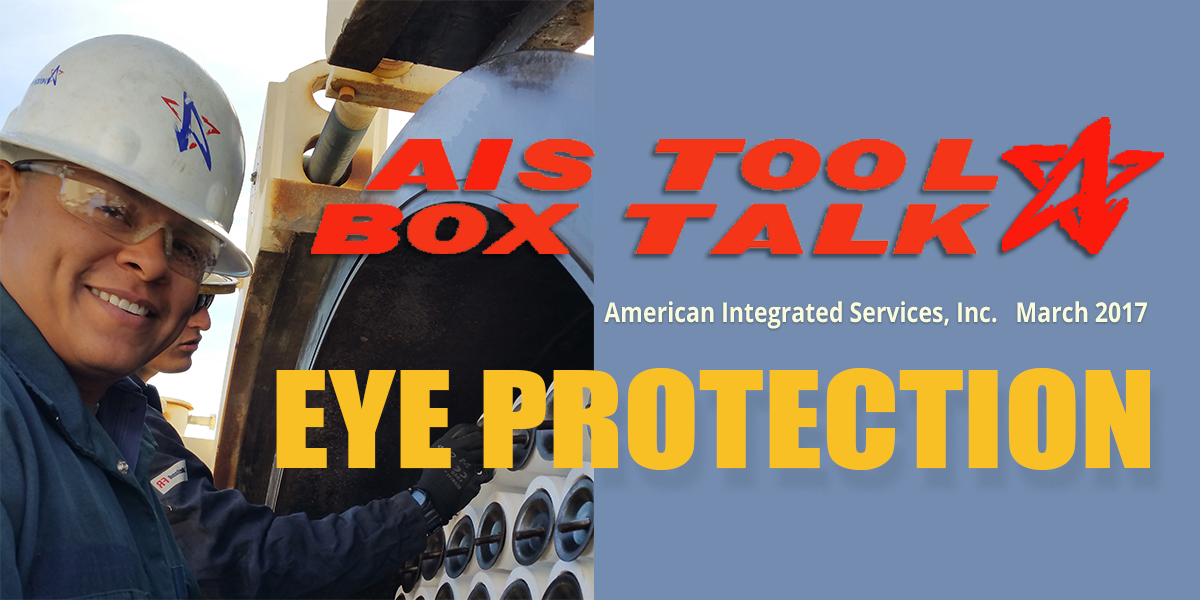|
Over 2000 on-the-job eye injuries occur every day in the United States. The construction industry has one of the highest eye injury rates compared to other lines of work. The good news is that 90% of eye injuries are preventable.
The most common cause of eye injury in construction workers is flying particles: dust, metal, wood, slag drywall, cement—any of these can cause an eye injury. Hammering on metal is particularly risky as it creates metal slivers, or even rebounding nails. Here are a few other examples of potential eye hazards:
No excuse is worth risking your vision. Keep eye safety top of mind and accept no excuses. For more information, visit the NIOSH topic on eye safety. You can also view OSHA’s guidelines for eye safety here. Comments are closed.
|


3/23/2017